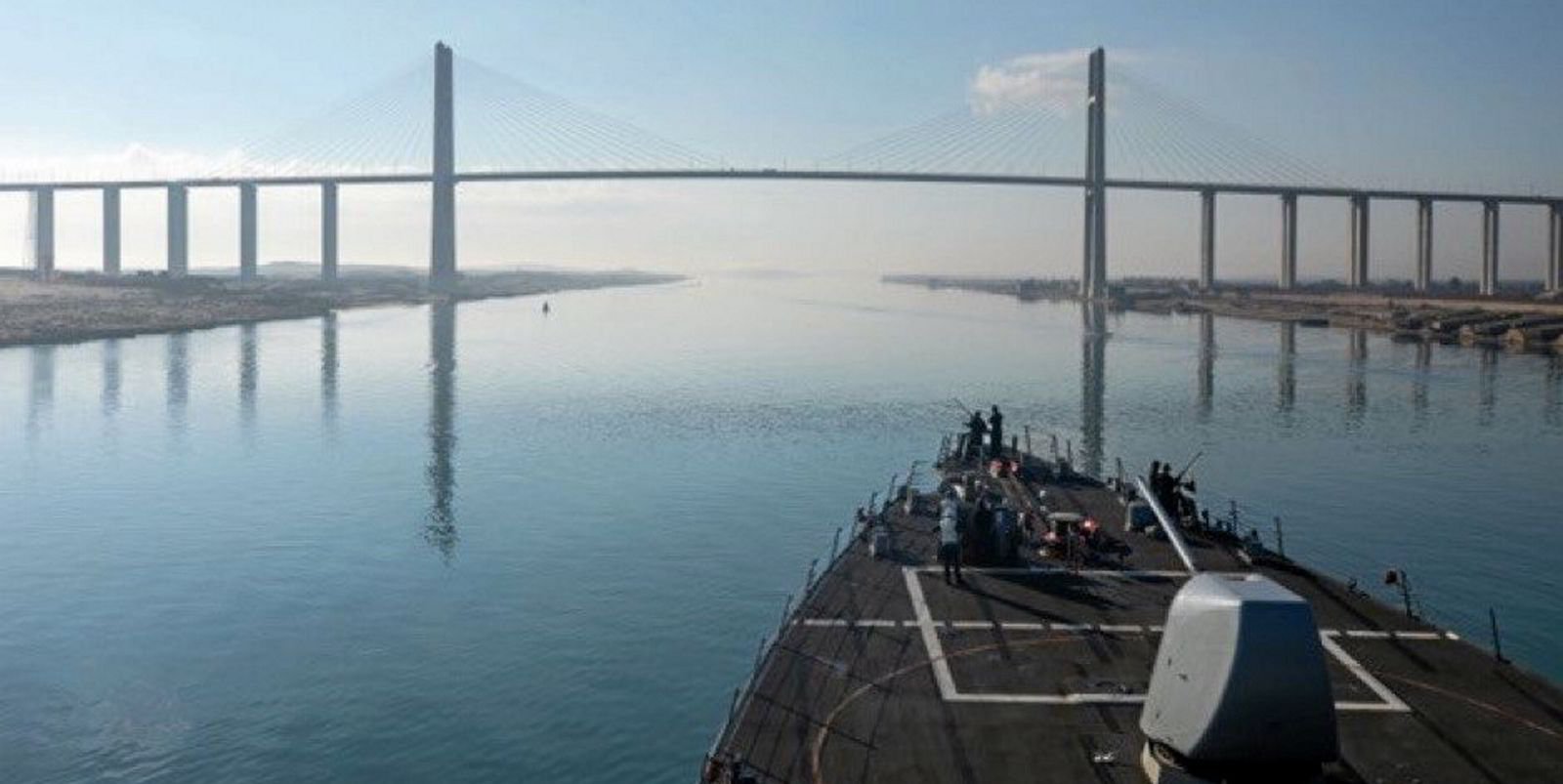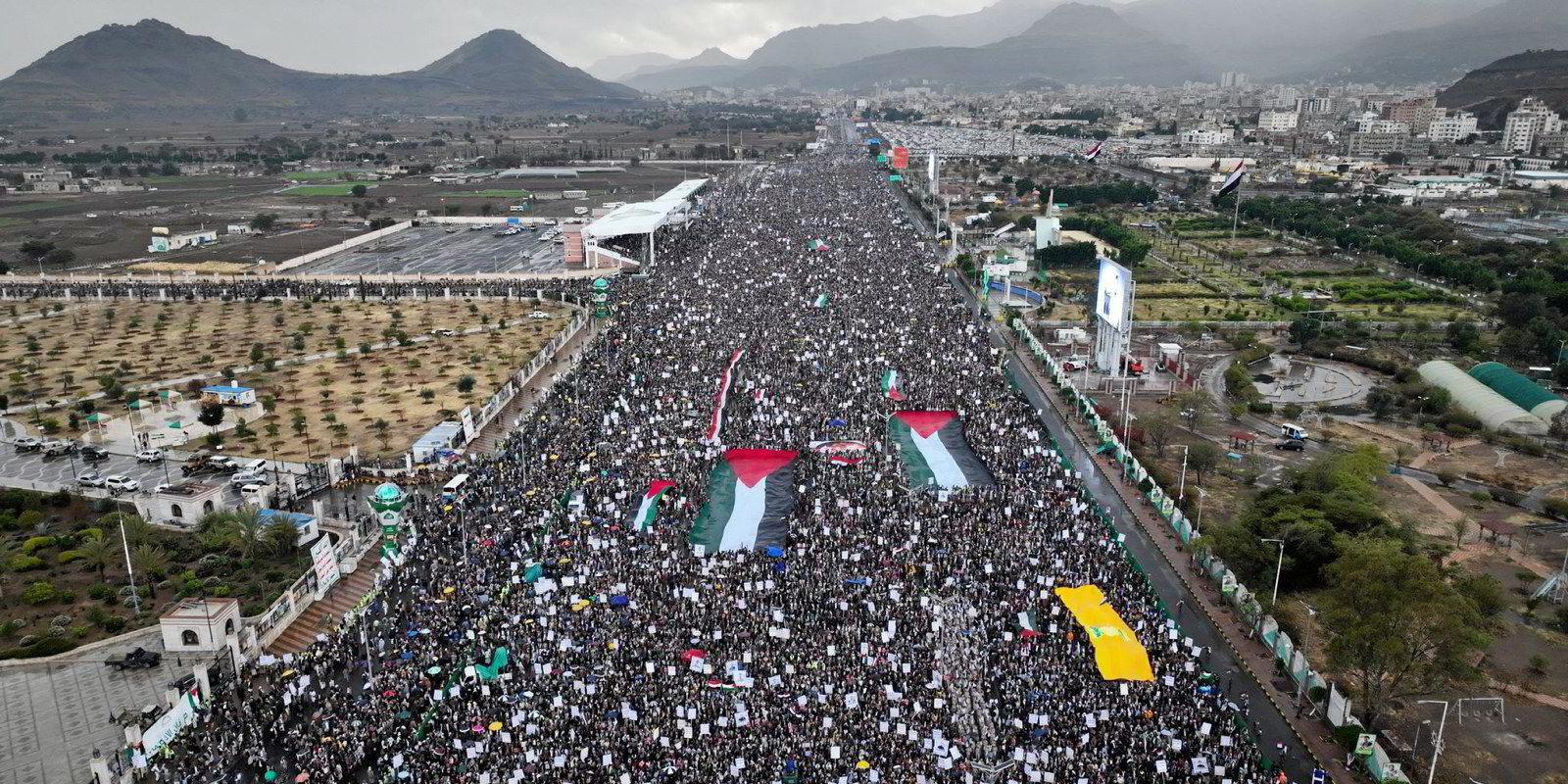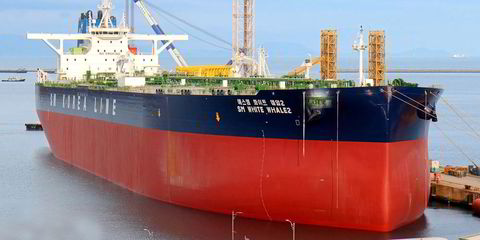With most crude tankers avoiding the Red Sea due to Houthi attacks, it is “perhaps surprising” that rates have not spiked in the same way as for product carriers, UK shipbroker Gibsons said.
This is particularly the case for the suezmaxes that dominate the Middle East Gulf to Europe trade, the London ship said.
Gibsons explained in its latest market report that there are several reasons for this.
The affected volumes are similar to those seen in the clean trade, but the bigger cargoes carried on suezmaxes and VLCCs mean fewer ships are rerouting.
And fleet size also matters, the broker said.
There are more than 660 suezmaxes and 900 VLCCs in operation, while the LR fleet stands at 250 ships carrying refined oil products, and 260 LR1s.
The rest have switched to dirty trades.
Gibsons also notes a “clear shift” away from suezmaxes.
The million-barrel vessels accounted for 80% of all crude moved from the Middle East to Europe last year, but just 55% in January, its data showed.
“Yet, despite the muted response in the crude tanker market so far, if the situation continues for any significant period, the impact of Cape of Good Hope routing will accumulate, offering support to tanker rates,” Gibsons added.
Rerouting effects will accumulate
The shop also believes it will be interesting to see how many Mediterranean and Kazakhstan crude barrels will continue flowing east.
Shipments mainly consisting of Libyan barrels and exports from Russia’s CPC terminal averaged 560,000 per day (bpd) last year.
“Unless there is a dramatic decline in these volumes, Cape of Good Hope routing will offer another boost to crude tanker tonne-miles,” the broker said.
The biggest tanker flow affected by the Houthi attacks has been refined products from the Middle East Gulf and India to Europe.
This averaged 955,000 bpd last year, but fell to just 690,000 bpd in January, according to preliminary AIS data.
Out of 19 LR2s, 13 LR1s and four MRs that loaded in January, 12 LR2s, 10 LR1s and four MRs routed via South Africa.
A total of 15 suezmaxes and eight VLCCs loaded Middle East crude in January for delivery into Europe.
Of these, 10 suezmaxes and six VLCCs opted for a Cape routing.






